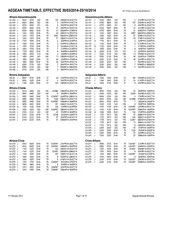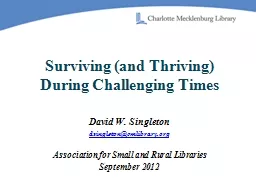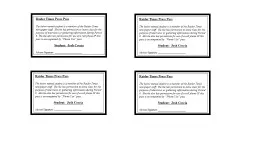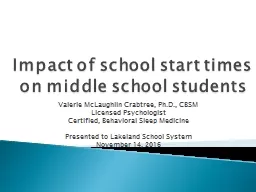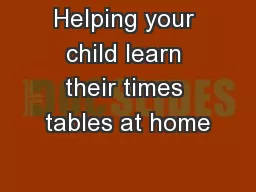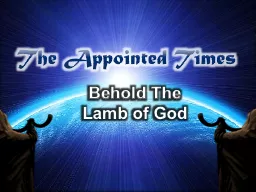PPT-Family Times
Author : myesha-ticknor | Published Date : 2016-04-28
Daily Questions Prior Knowledge Theme and Setting Vocabulary DictionaryGlossary Predictions Guided Comprehension Character and Plot Imagery Leveled Readers Seven
Presentation Embed Code
Download Presentation
Download Presentation The PPT/PDF document "Family Times" is the property of its rightful owner. Permission is granted to download and print the materials on this website for personal, non-commercial use only, and to display it on your personal computer provided you do not modify the materials and that you retain all copyright notices contained in the materials. By downloading content from our website, you accept the terms of this agreement.
Family Times: Transcript
Download Rules Of Document
"Family Times"The content belongs to its owner. You may download and print it for personal use, without modification, and keep all copyright notices. By downloading, you agree to these terms.
Related Documents


